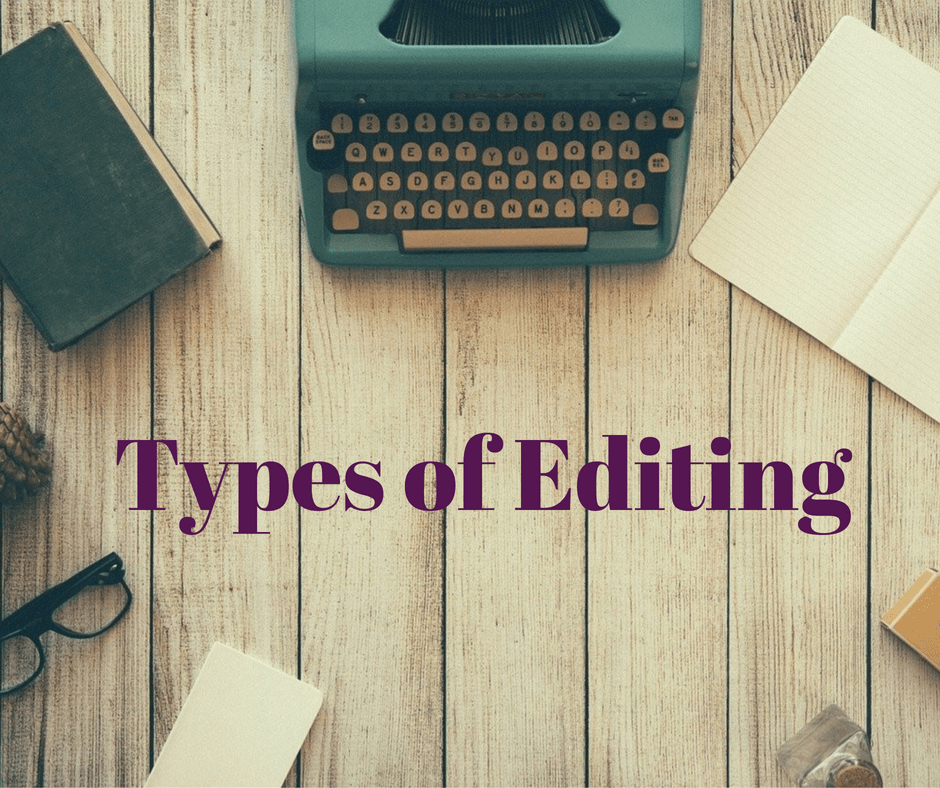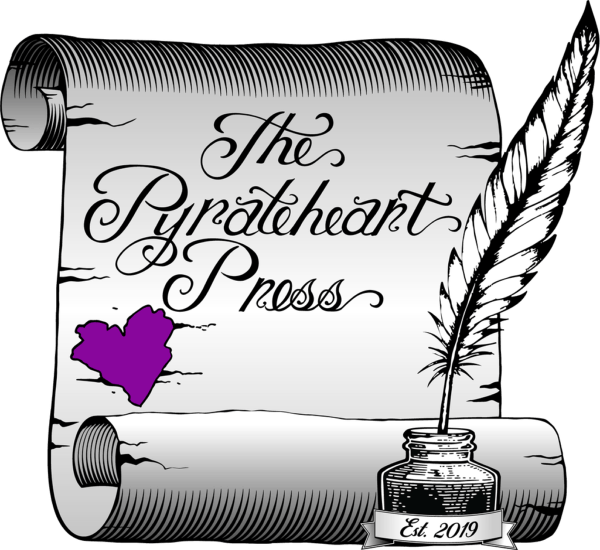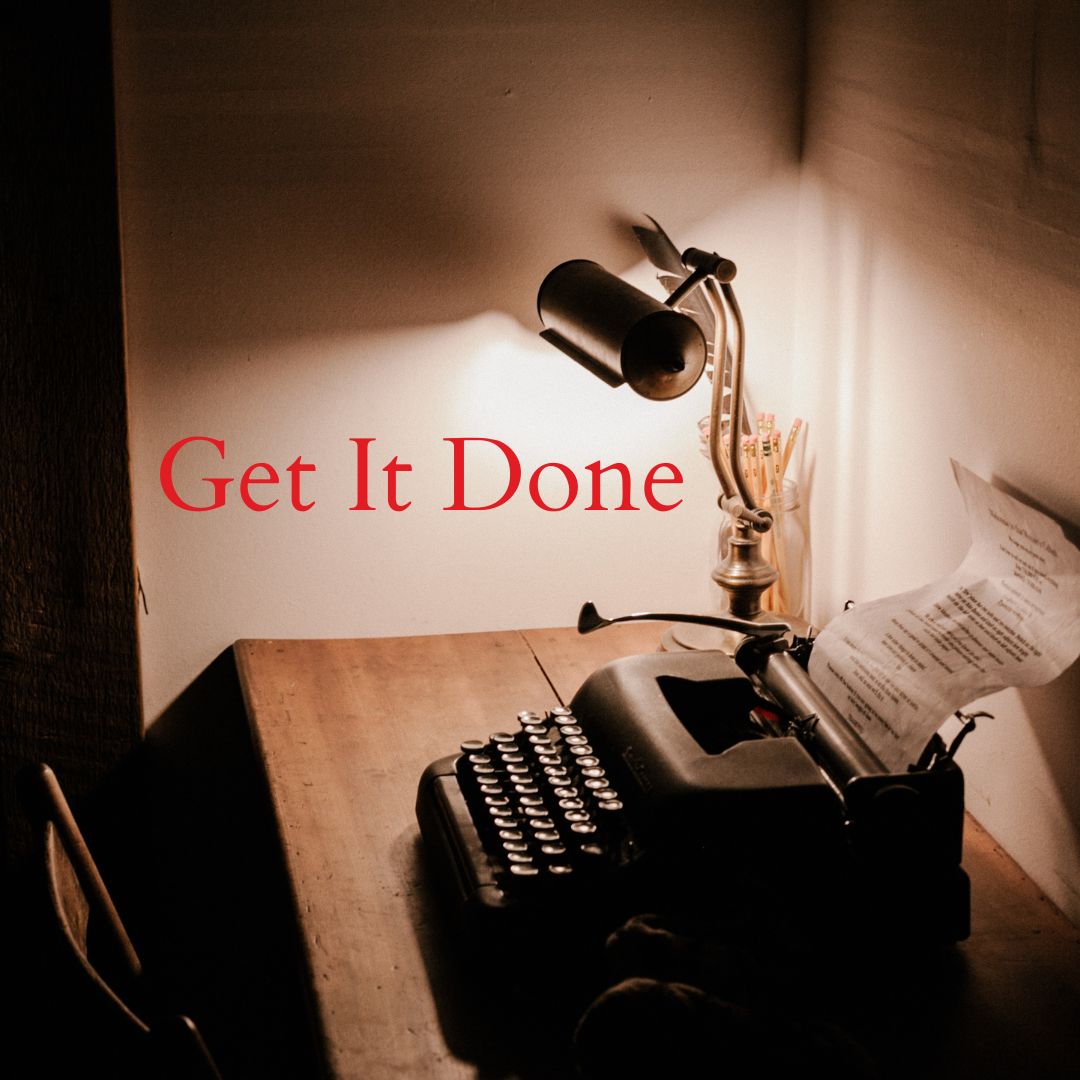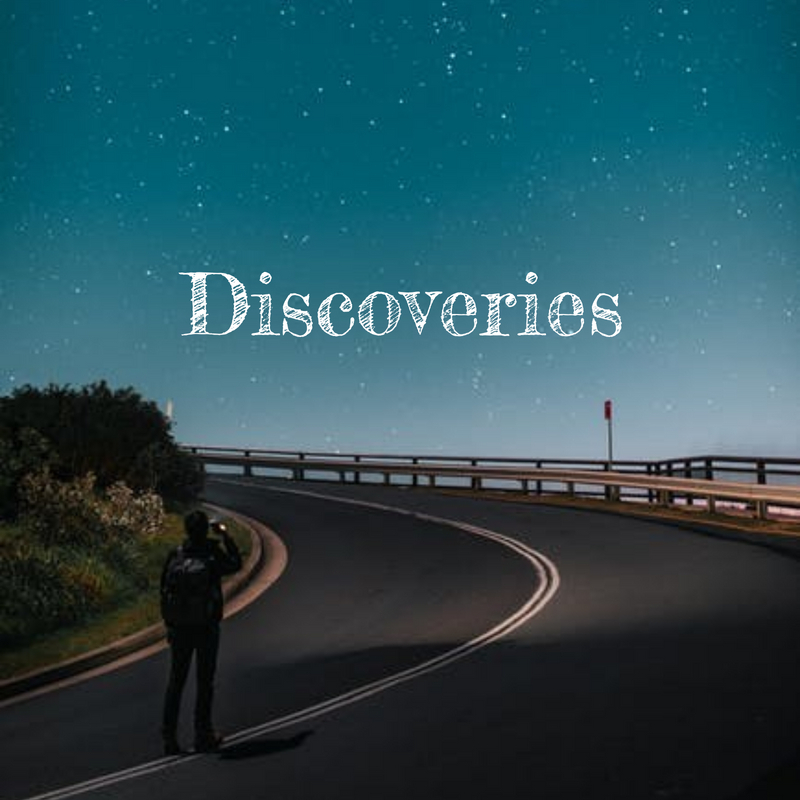Blog Layout
Types of Editing
R. Ross Whalen • Mar 03, 2021

When most people contact us to talk for editing services they often are thinking about proofreading. Which is where the troubles begin. Therefore, I am taking a blog post to talk about editing services, types of editing, prices, and what to expect.
Here at The Pyrateheart Press we employ five levels of editing:
Developmental Editing
- Also known as content, structural, or substantive editing. In this phase of editing the editor actually reads your work. As a comparison, proofreaders don’t read your work. When they are done most couldn’t tell you what the story was about. Developmental editing requires the opposite. This type of design requires the editor to take an in-depth look at the content of the manuscript.
Developmental editing often happens when a manuscript is received for copyediting (more on that later). When the editor looks over the text, they notice plot holes, character flaws and lack of distinction, same style dialogue, out of order plot lines, structure, formatting, etc. So, the editing begins. Now an editor does not fix issues found. They are not paid to do this. They are paid to find the errors and send them back to the author to fix. This is an important distinction that many authors fail to grasp. They think once you send in their manuscript they are done, and the editors handle the rest. We don’t unless we are paid to.
Which is why developmental editing can get expensive quickly. It can cost from $10 a double space page to upwards of $50. The more the editor has to do, the higher the cost. Is this editing necessary? In my experience it is. For those books we publish, it is a requirement.
However, for those who use our services for self-publication it can be skipped. If I find I have a manuscript that needs developmental editing, and it is not a part of my contract I send it back to the writer and ask them what they want to do. Some want the services, others don’t. If I feel the work will not be well suited for publication without this service, I decline the work. If the writer takes care of the issues, then we move forward. I won’t put The Pyrateheart Press’s name on a substandard work.
Line Editing
– also known as paragraph level or stylistic editing. This is where we check for how the work flows. We are still reading the manuscript by the way. We have completed the big checks. Everything is in the order it should be, and the characters, plot, subplots, and locations are the way the story needs to read well.
This is where we get down to the nitty gritty of ensuring the story flows from one sentence to the next, one paragraph to the next, one chapter to the next. Here we look at the style of writing the author uses. Ensure the entire work maintains this style.
This is where we use what Stephen King calls “Killing your babies.” We did some of this in the big picture developmental editing. “Killing your babies” is where you have to eliminate writing that doesn’t add to the story or doesn’t fit the rhythm or flow of the writer. Often removing such pieces feels akin to killing your babies.
In Line Editing this is where we often discover the need for such an action. A note here, if you are not willing to “kill your babes” you will have a hard time in the writing game. Often, the book you start out with isn’t the one you end up with. That is the true purpose of editing. To eliminate the unnecessary and produce the highest quality book or manuscript that stays true to the author’s style and vision.
Sometimes all this involves is eliminating some speech or unnecessary dialogue. Other times it can require removal of entire chapters. Each story is different. If the story doesn’t flow though, the reader will put it down and no author wants a reader to put their story down until they reach the end. Good line editing helps ensure this.
If the story doesn’t flow from word to word, sentence to sentence, paragraph to paragraph, and chapter to chapter; then why write it? Line Editing is often charged by the word. Somewhere from 7 cents a word to over 50 cents. If you are self-publishing, then it once again behooves you to take this part seriously. Line Editing is time consuming and often frustrating.
The best way to do it I have found is to read the story out loud. When you read your mind can often fill in blanks or self-correct errors you would otherwise find if you read it out loud. Another way to do this is to do the edits out of sequence. Edit chapter 8 first then 3 then 12 then 1. Bouncing around refocuses you on what you see and not the story you have placed in your brain.
Often, I will put aside a manuscript for a time. Move on to something new then come back. It forces my mind to focus on the material in front of me and not what I think the material is.
Is this a necessary editing step? Depends on your material. If we are publishing a book with our name on it, it is required. If it is a commission it depends on the amount of need. If the work needs a good line edit before anything else can be done, I will send it back to the author with recommendations and wait for them to return it ready for what they have contracted me to do.
Copyediting
- Most confuse copyediting with proofreading. A copy editor can do a proofreader job, but a proofreader can’t or won’t do a copyeditor’s job. Why? Because a proofreader isn’t being paid to perform copyedits. When you pay someone to copyedit your work, they are doing more than checking punctuation which is largely what a proofreader does. Remember, we are still reading the work here.
A copyeditor will perform grammar and punctuation checks (two different things by the way), but they also perform several other tasks. Copyediting can also become expensive depending on what is needed. Remember, they don’t make the changes they simply point them out to the writer to fix. Anyways here is a list of some of what copy editors look for and costs:
1. Clarity ($2 to $5 a double-spaced page Which is @350 words) – Clarity includes addressing punctuation errors which confuse the reader as well as any other errors which form a moment of confusion is an editor’s mind. Remember flow?
2. Correct use of Capital letters. Self-explanatory (@$1 to $3 a page)
3. Consistent use of words. ($1 a page to $5 a page) Are you using the same words and are they spelled the same and used in the same context?
4. Fact checking. ($1 a page to $7 a page) this is where the editor checks for continuity in the story. Even in made up worlds the facts must be the same. Did you name a place one thing in one chapter and another in the next? Did you give out ages for your characters? Do they match? Does the character use dialogue that matches who they are? Does the timeline in your plot match your subplot? Does your character have a beard in one chapter but only a mustache in the next?
5. Legals ($10 to $50) – Copyrights, acknowledgements, and their correct placements
Copy editing is perhaps one of the most important editing services you can ask for. Don’t ever overlook it and get someone else to do it for you. An author or writer can go “blind,” so to speak to their own errors.
Proofreading- (3 cents to 50 cents a word). This is where the reading stops. A proofreader isn’t concerned with the story or the flow or plots. All they are concerned with is typos, correct punctuation, spelling, repeated words, spacing between words and the end of a sentence, and any other grammatical errors. Proofreaders get paid by the word and a good one can do 3500 to 500 words in an hour. They get from 3 cents a word to sometimes as much as 30. It can get pricey if you have a fifty thousand words or more manuscript.
It is tempting to leave this part of the built-in grammar checkers to your word processing program or one of the more popular online editors. Don’t. They are a good spot checker but to get this done right use someone else. Even if you use a good friend often the uninformed or untrained will catch things a pro might miss. Never do this on your own. You will miss because your mind corrects grammar to match the voice in your head, not the writing in front of you.
Normally this is where most editing ends for the author. However, at The Pyrateheart Press we do one more step we call Book Polishing.
Book Polishing
– Most of our books, whether the ones we publish or the ones we are contracted to work on, need a final look over. We look at all aspects of the manuscript from the cover art to the Table of Contents to the proper formatting for conversion to the client’s choice of eBook formats. At this point, every aspect of putting a book together has been covered at least once. This is why we do this with two editors in the final book polishing. At this point, any error will be minor and easily missed but any error must be found and corrected.
There is now one more edit we have come across which we didn’t need to do originally. Image editing. An essential element to a completed polished manuscript ready for publication.
Image Editing
- This is a time consuming and often frustrating edit. When images are placed inside text, they present an exceptional challenge if you are not prepared to handle them. The size, clarity, placement, and the way they interact with the text are all concerns. There are other concerns as well. Most word processing programs degrade the quality of the image to keep the file from becoming too large, so you often must over correct to create an image that is clear and clean.
Which eBook format you use also creates its own formatting needs when it comes to images and the same goes for any manuscript sent for print. It is essential you get the formatting requirements for print books upfront, so you don’t send them a PDF that looks great on your computer but ends up completely different in hardback or paperback. Each of which have their own formatting needs.
It is a lot I know. And remember, the editor doesn’t do the changes. Period. The only exception is if they pay another to make the changes to expedite the publication of the book.
I hope this explains some of what editors do and what they are paid and what you can expect from them. This is by no means a complete list nor should it be taken as one. As always, do your due diligence. Don’t take my word or anyone else’s until you have done your own research.
But remember, no matter what, once you complete your manuscript have someone else look at it. And put your ego away. It will get hurt. They will find things that will make you angry or sad or even glad. However, they will find errors and if for some reason they have to stop and ask a question about a point in the book, it needs work. A reader should never have to ask if it flows. Even in a whodunnit since they know they are being fed clues by the drip.
I’m Ross, The Editor-in-Chief at The Pyrateheart Press and I’m out.
P.S. – Did you find all the errors I made in writing this?





